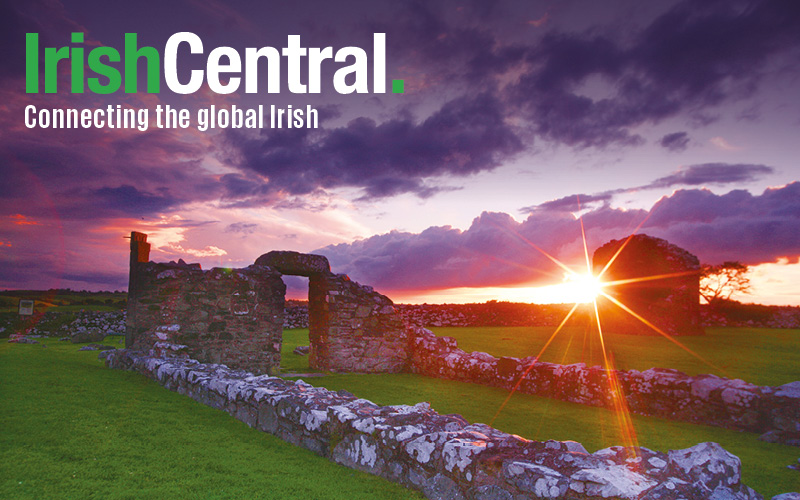How the clan system allowed the English crown to take down the major Irish families and subjugate Ireland.
Sixteenth-century Connacht could be an extremely dangerous place! It had yet to be brought to heel by the English and power was mercurial. Amongst the clans, an Internecine war was common with allegiances frequently shifting between rival clans and crown forces.
In the West of Ireland, vast tracts of land were still controlled by Irish and Norman-Irish Catholic clans, and the De Burcas or Bourkes/Burkes were the major players. This deadly power game would allow the Crown to take advantage of clan rivalries and in the case of the De Burcas, to take full advantage of the deepening rivalry between the Mayo and Galway De Burcas. This would ultimately lead to the total subjugation of Ireland and the complete collapse of the clan system.
The De Burcas, in common with other dominant Irish clans, did not hold a standing army and as was the practice of the day, augmented their forces of domestic lightly-armed foot soldiers known as Kerne with Scottish mercenaries, Galloglaigh or Gallowglas. The Gallowglas had first appeared in Antrim in the North of Ireland in 1399 following the marriage of John Mór MacDonnel to Margery Bisset, “Heiress of the Glens.”
Read more: Find out the meaning behind your Irish name
The Gallowglas originated from the Hebridean islands and Western Scotland and were of mixed Scottish and Norse stock. They shared a similar culture with the Irish and spoke the same Gaelic. The term Galloglaigh comes from the Irish “Gall” meaning stranger and “óglach” young warrior. They were typically men of great stature and strength with a fearsome reputation in battle.
Foremost amongst their weaponry were huge razor-sharp, double-handed battle axes and massive double-handed swords known as Claymores. Unlike their largely lightly equipped Irish compatriots, the Galloglach would be better protected either with a habergeon or coat of mail or Actoun, a padded multi-layered coat which could also be worn as further protection under armor. This was normally surmounted with a crested steel helmet or bascinet. Each warrior was accompanied into battle by two boys or Knaves who would assist in carrying weapons and provisions.
By the mid-fifteenth-century, Galowglas had become the backbone of virtually every Irish army and were very much a permanent feature in Ireland. The MacDonnels were soon followed by other Gallowglas clans - Macabes, McSweeneys, McDowells, MacSheehys, Mac Rorys - spreading to all provinces of Ireland and becoming an indispensable part of Irish martial society.
Read more: What are the top 100 Irish last names?
The MacDonnels, or Clandonnel as they were later known, arrived in County Mayo in the early 1400s, establishing themselves throughout the county. In Kilmaine under the bonaught system (payment for military service), they would eventually acquire land and castles and become a permanent presence in Mayo.
The Gallowglas could be steadfastly loyal to their paymasters, refusing to yield in battle but they were “soldiers of fortune” turning their hand to any number of tasks that suited their special skills: assassination, cattle raiding, martial training.
It was not unusual for Gallowglas of the same clan to find themselves facing each other on opposing sides in battle. At the battle of Shrule in 1590, the Queen’s forces ably assisted by the Earl of Clanricarde, head of the Galway Burkes, faced the Mayo Burkes under the Mac William Burke with Gallowglas factions on both sides including MacDonnels.
The battle of Knockdoe, reputedly the bloodiest recorded battle in Irish history with casualties estimates ranging from 2000 to 4000, was fought on and around a hillock in County Galway on the August 19 in 1504. The two main protagonists were two Norman (Anglo)-Irish Lords - Gerald FitzGerald, Earl of Kildare, The Lord Deputy of Irelan; and the Earl’s son-in-law, Ulick Fionn Burke. Kildare was supported by the Mayo Burkes, some English and a confederacy of Irish clans including the O’Donnels, O’Neils, MacMahons, MacDermots, O’Connors, O’Farrells, O’Reillys and Magennises, some 6000 men in total.
Read more: Tracing your Irish ancestry - The Kennedy clan
Kildare arrived first on the field of battle and chose the best position on the summit of Knockdoe. Fionn Burke, leader of the Galway Burkes, known as “The Clanrickarde,” took to the field with about 4,000 men including the O’Briens of Thormond, Macnamaras, O'Kennedys and O’Carrolls. Both sides had large contingents of Gallowglas.
The battle was long and bloody, lasting for most of the day. Ulick Burke attacked first, launching a full-frontal assault with his Gallowglas !stormtroopers” charging uphill into the sun. The Gallowglas attack was initially repulsed by a devastating shower of arrows from the Earl’s bowmen but the Gallowglas columns moved forward with dogged determination engaging their enemies in hand-to-hand combat.
Gradually the Earl’s numerical and territorial advantage would prove decisive with the Earl mounting a counter-attack pushing the attackers down and up against the Clare River where the bloodiest fighting took place.
Ostensibly, the battle appeared to be a domestic affair between the two great Burke houses over the Lordship of Connacht, but the outcome would have far-reaching ramifications on the course of Irish history. Kildare, who was allied with the English Crown, would further extend English influence into the West of Ireland paving the way for the complete domination and pacification of Gaelic Ireland by Elizabeth I.
Knockdoe, “Cnoc Tuagh” or “hill of the axes,” derives from the iconic Gallowglas ax which played such a devastating part in the battle. Knockdoe now stands as a fitting memorial to those brave Scottish warriors who performed such a huge role in the history of Ireland.
This article was submitted to the IrishCentral contributors network by a member of the global Irish community. To become an IrishCentral contributor click here.




Comments